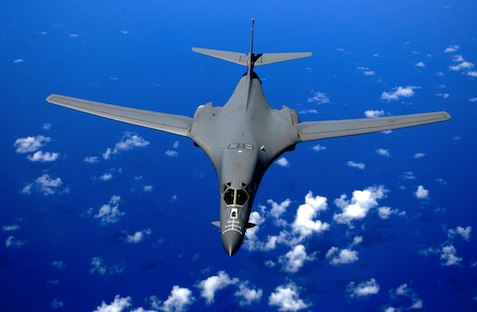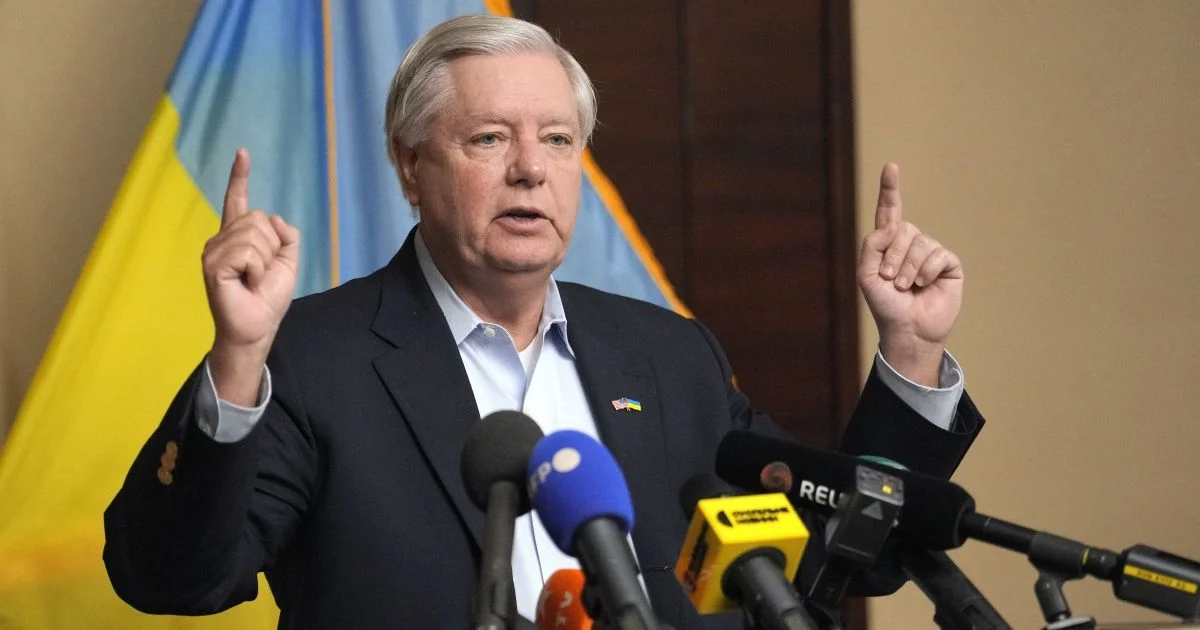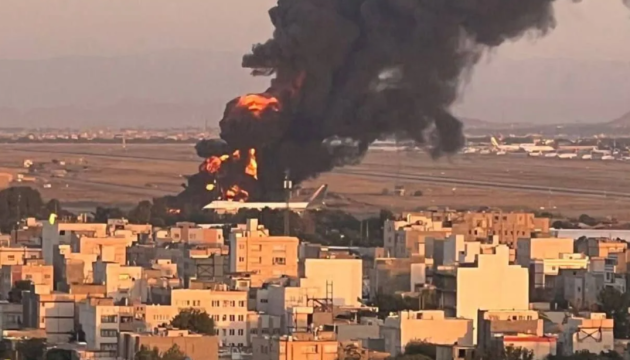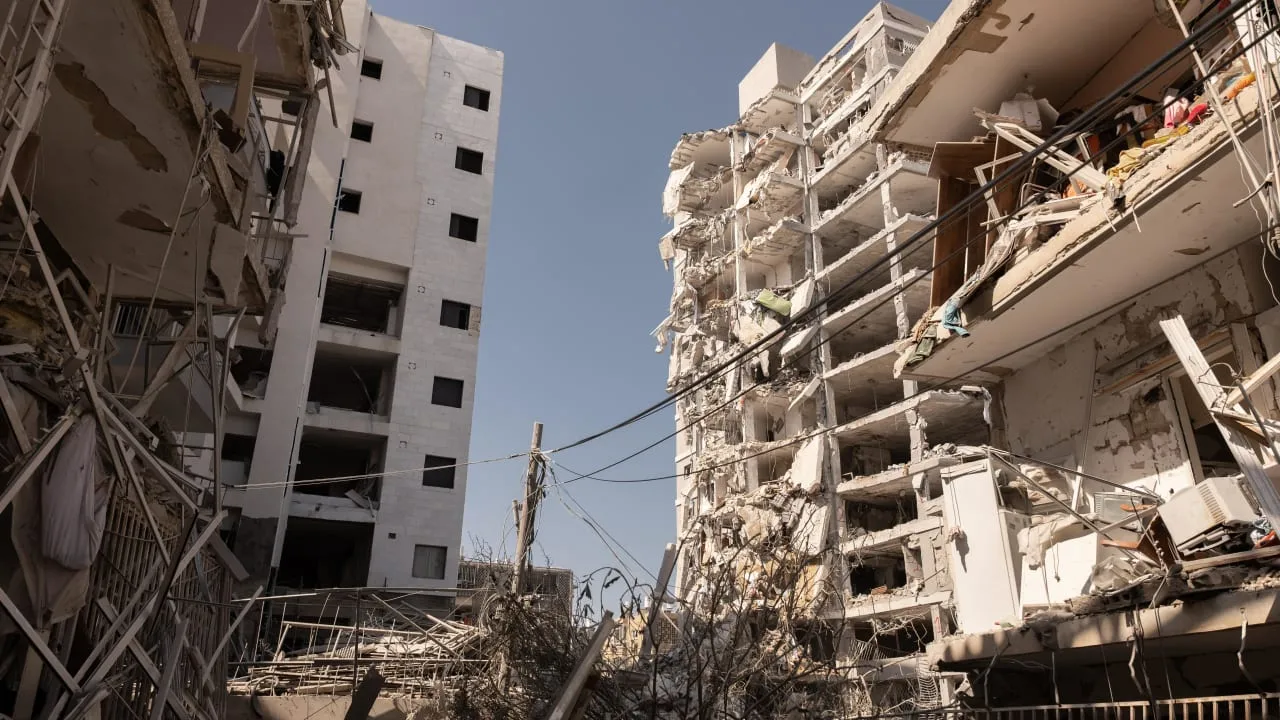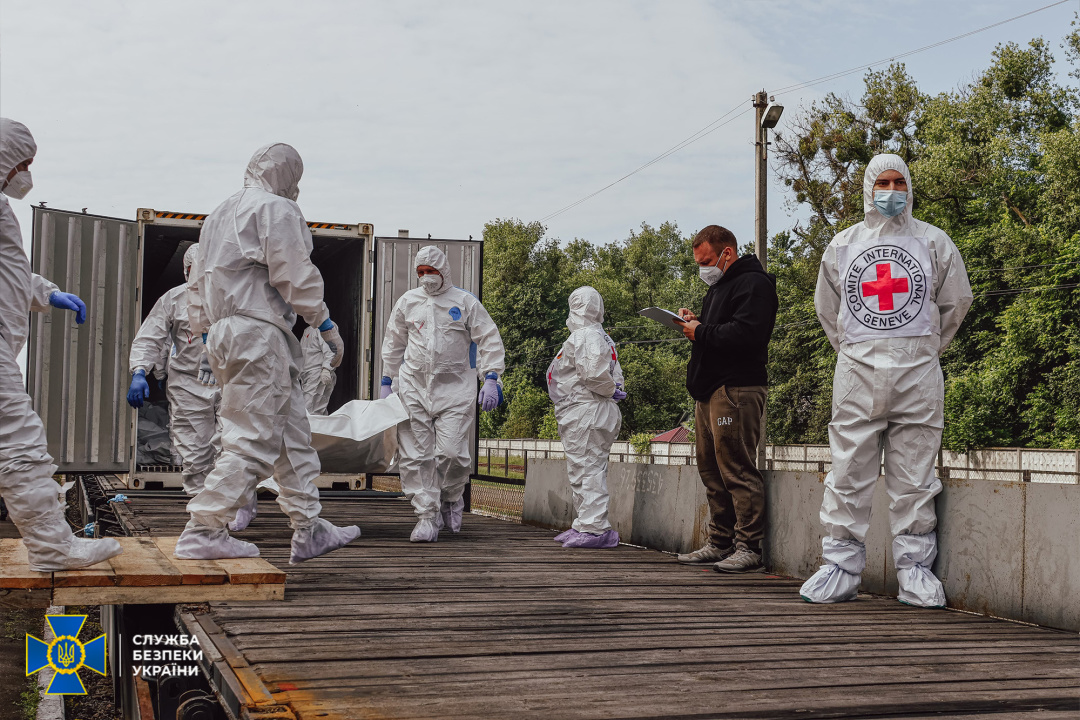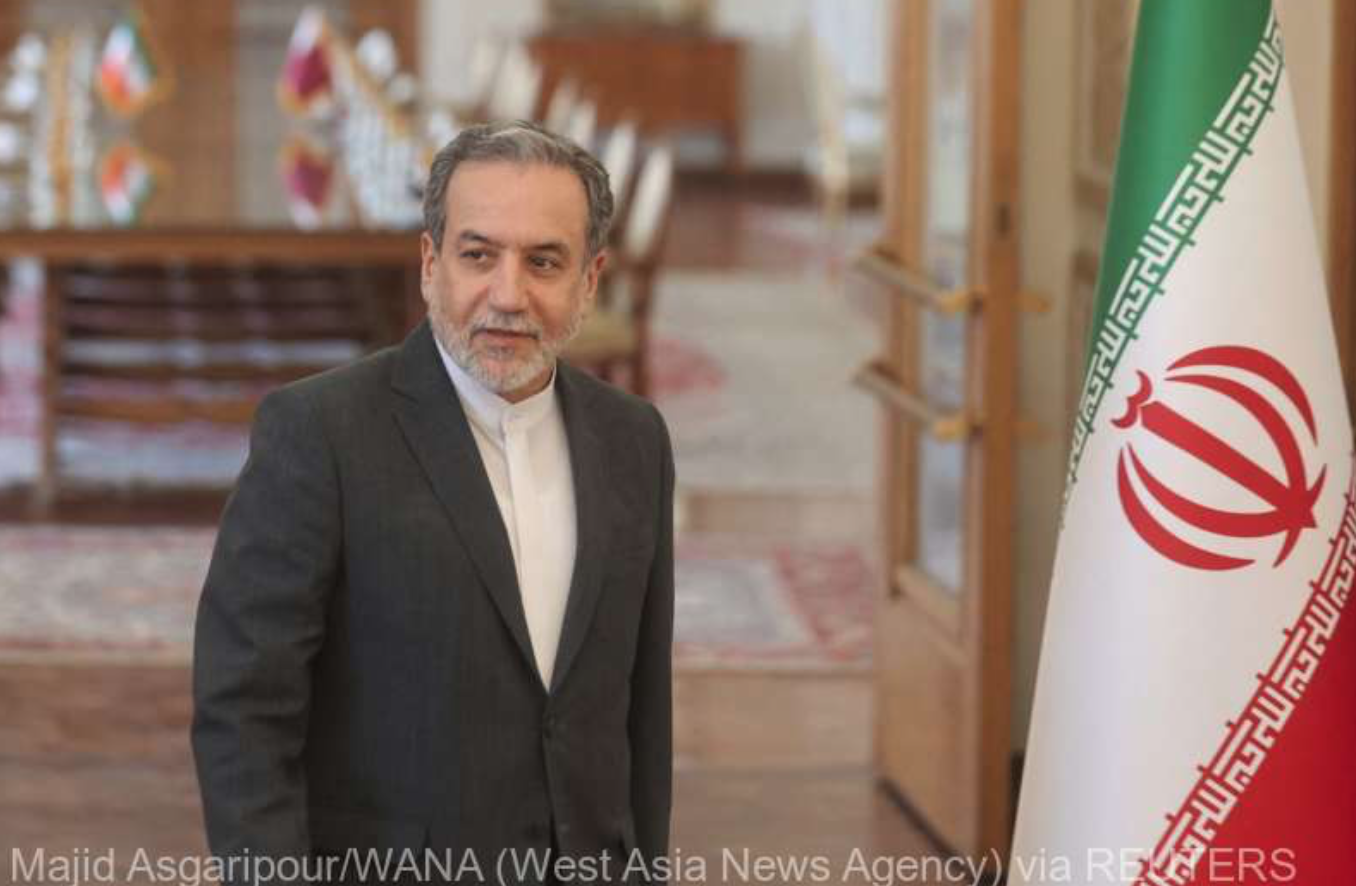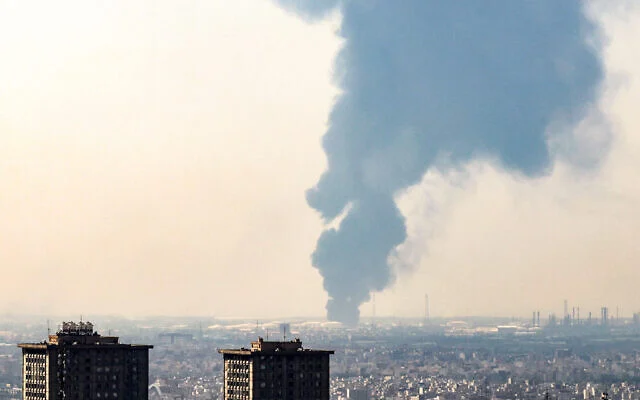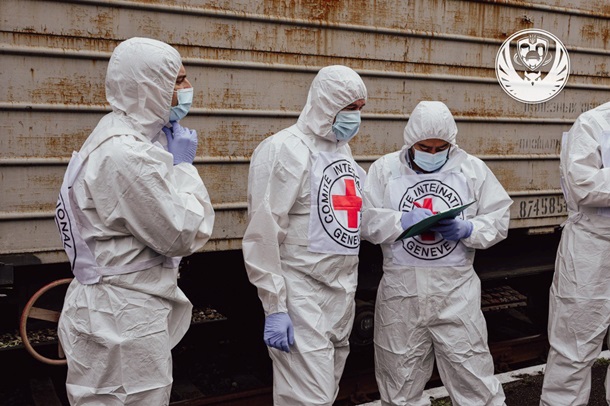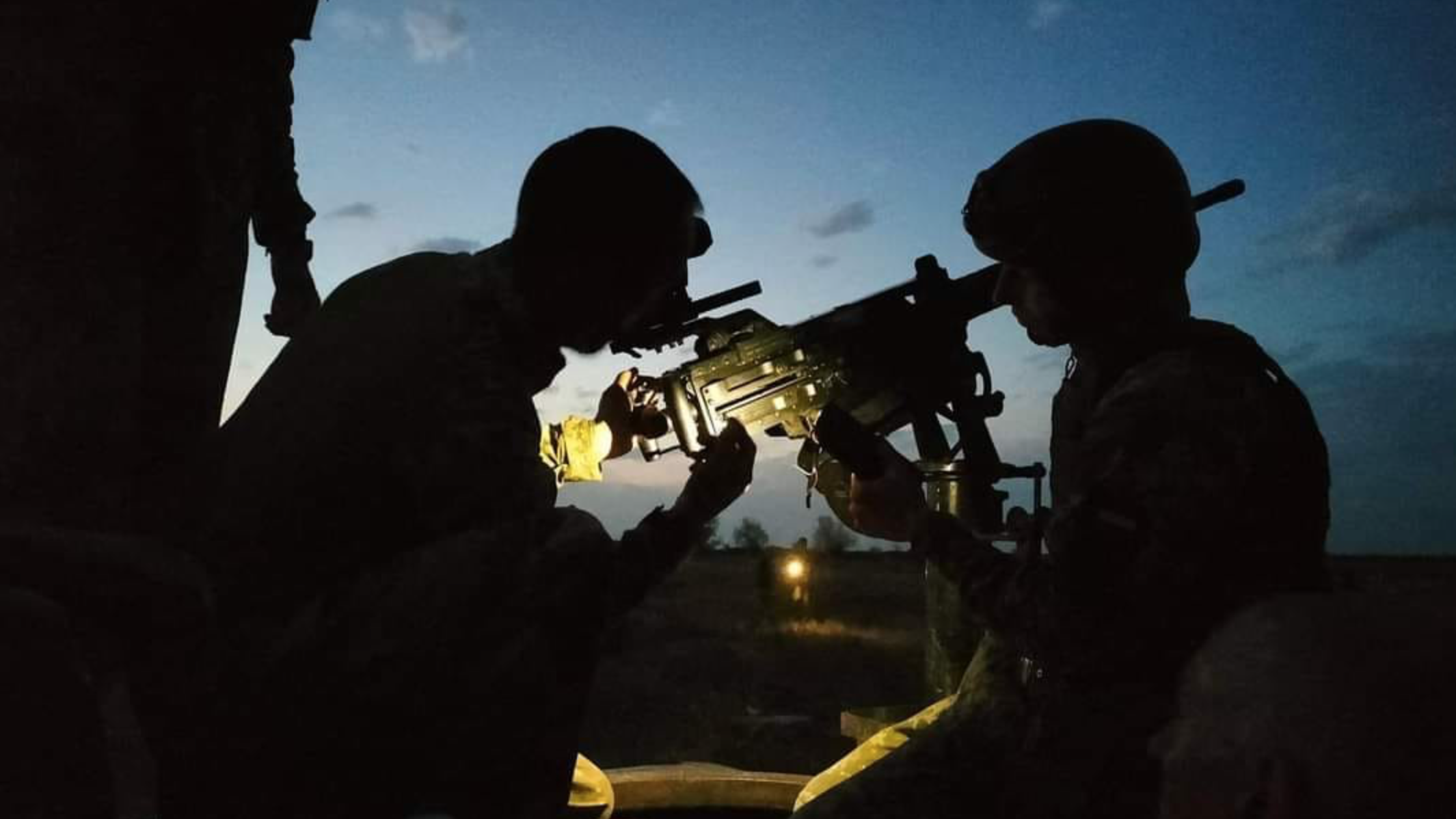Two US B-1B Lancer strategic bombers from the US Air Force’s 9th Squadron have arrived at Misawa Base in Japan, beginning the next rotational mission of Bomber Task Force 25-2 in the Indo-Pacific region. This was reported by The National Interest with reference to the Pacific Air Command (PACAF).
This is the second appearance of the B-1B in Asia in 2025, which, according to experts, demonstrates Washington’s growing emphasis on maintaining air superiority in the strategically important region. The mission will last approximately six weeks, during which the bombers will take part in multinational exercises with allies, including Japan and South Korea.
“This operation demonstrates the continued commitment of the United States to deterring threats and maintaining regional stability,” said Lieutenant Colonel Christopher Travelstead, squadron operations director.
On Tuesday, the bombers already flew over South Korea, accompanied by F-16 and F-35 fighters, and conducted joint offensive and defensive exercises with South Korean aircraft.
Interestingly, the mission coincided with the birthday of North Korea’s founder Kim Il Sung, when Pyongyang usually holds military demonstrations. Meanwhile, according to intelligence, the DPRK may be completing the construction of the largest warship in the history of its army.
In the global context, the United States is currently stepping up its military presence not only in Asia but also in the Middle East. At least six B-2 Spirit stealth bombers are deployed on Diego Garcia Island in the Indian Ocean, and two Nimitz-class aircraft carriers are on duty in the region. According to media reports, the B-2s have already carried out strikes against Houthi targets in Yemen with the help of super-powerful GBU-57 bombs.
As of 2025, the United States has 45 B-1B Lancers and 19 B-2 Spirits in service, which remain key deterrence tools in the US global military strategy, dating back to the Cold War.

